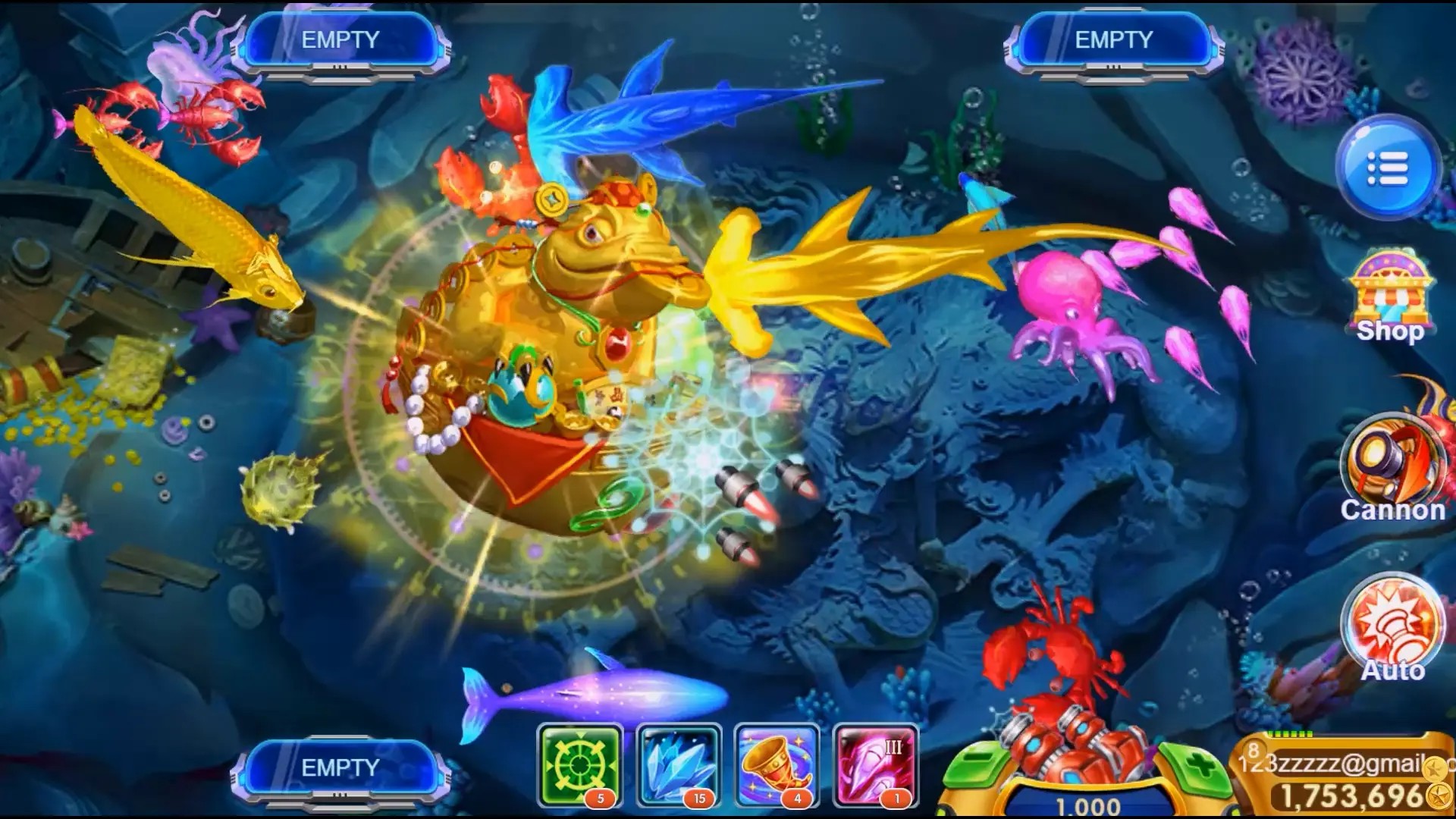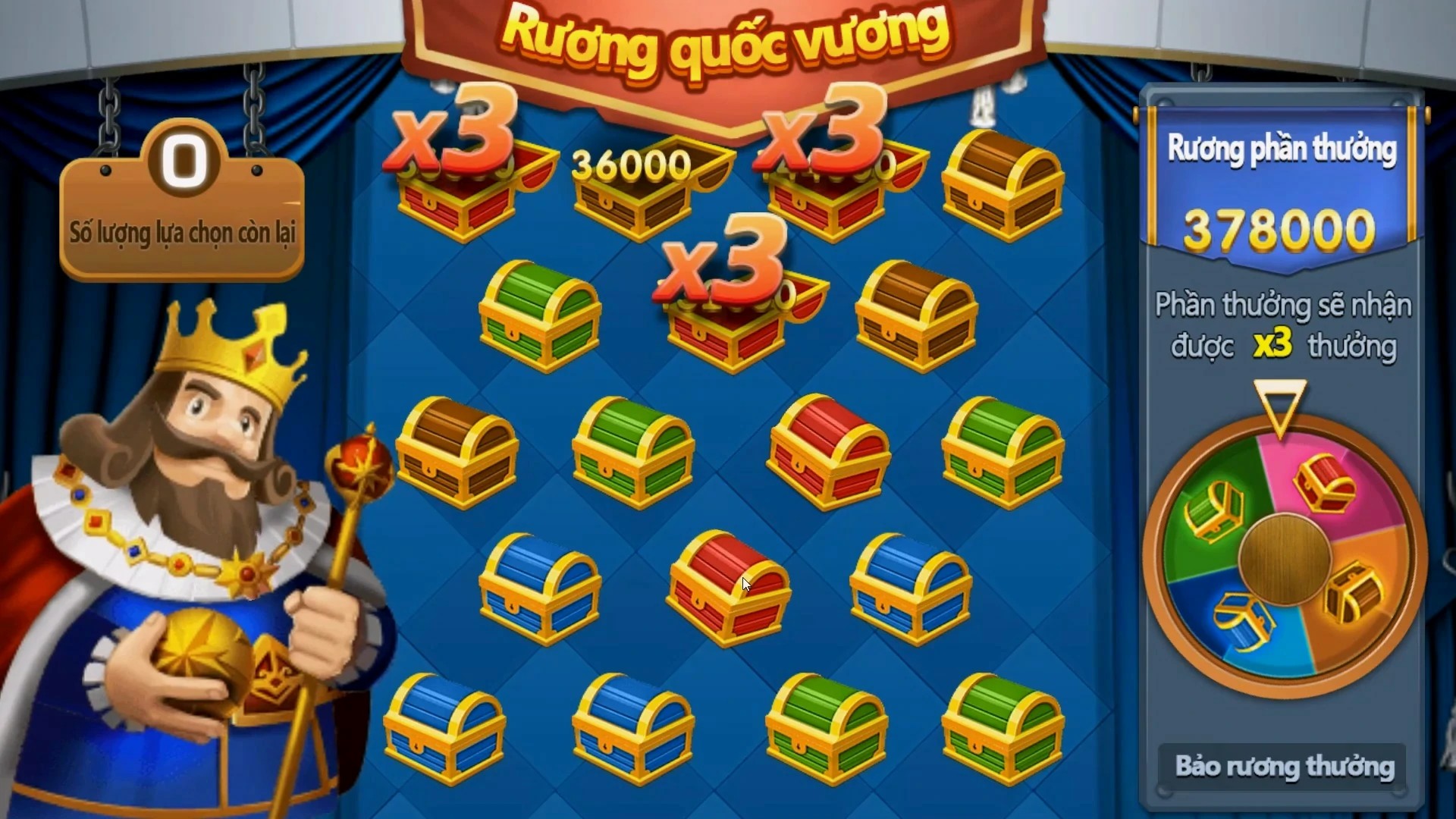Unlocking the Power of HTML5 Games in Mobile Gaming: What You Need to Know
In recent times, **mobile games** have transformed how we interact with entertainment. The shift from heavy console-based experiences to portable mobile formats is more evident than ever before. Among all the tech behind modern mobile gaming, HTML5 games are quietly making headlines for their adaptability and performance — even in markets like **Sri Lanka**, where accessibility to high-end app downloads remains inconsistent.
What Exactly Are HTML5 Games?
For many players and developers, **HTML5 games** seem elusive. In layman’s terms, these are web-compatible titles built with a mix of CSS3 and JavaScript, allowing them to run directly inside any modern browser, regardless of OS. That means less clutter, faster playtimes, no installation — perfect for limited storage devices typical among Sri Lankan mobile users.
| Type of Game | Install Required | Built On | Mobility (Offline) | Distribution Model |
|---|---|---|---|---|
| Native apps (Android / iOS) | Yes | Java, Swift | High | Play Stores |
| Web-based (e.g., html5 games) | No | Javascript & HTML5 | Limited unless caching used | Instant Links via Social, Sites |
Why Focus on Mobile When Talking About HTML5?
The numbers speak for themselves. Over two thirds of game time spent online across **South Asian devices**, including in places like Kandy or Colombo, comes through mobile — largely through web-linked portals. Because most of these phones can’t host large native files consistently, the ability to launch instantly becomes a massive competitive edge. HTML runs fast in Chrome — and it’s universal.
- Runs instant in browsers → Zero load friction.
- No permission walls at startup → Smoother player onboarding.
- Easier marketing through shareable links and embedding (e-commerce or media sites love that).
Free Story Mode Games: Why This Sub-genre Holds Promise
Among the many niches in the HTML landscape, “story mode games free download" has gained momentum globally, but not enough attention locally within Sri Lanka’s digital corridors. Think choose-your-path adventures similar to *Detroit: Become Human*, but stripped down for lower bandwidth conditions. And here's what's fascinating: Many of these titles are either freeware or use ad-based funding.
This makes them perfect for first-time gamers, budget-constrained audiences, students, or commuters seeking brief emotional immersion without draining data buckets. Unlike standard action titles needing lightning connection speeds, many story games don’t require streaming — meaning caches work better, offline reading possible if handled wisely.
💡 Developer Insight #1 – Designing Stories with Limited Interaction Options:
- If you're developing for emerging regions, keep dialogue paths intuitive. Complex input slows players and may even cause churn early into sessions.
- Caching decisions matters. If done correctly using LocalStorage API’s + progressive caching methods, story segments can remain playable hours after last active usage.
- Consider monetization tactics that blend naturally into narrative — product tie-ins, soft-redirect banners during natural pauses.
The RPG Twist — Leveraging rpg game mechanics Within Lightweight Browsers
If storytelling forms one dimension of mobile HTML appeal, role-playing systems add complexity and stickiness. Surprisingly, **rpg game mechanics** aren't out of reach, even under web standards. Developers use lightweight versions of stat management, equipment changes, turn-based encounters using JS arrays to minimize lag.
A clever dev doesn’t mimic AAA visuals but instead opts for minimalist graphics. Consider a tactical battler using sprite swaps or JSON-driven character trees stored temporarily on clients.
Traits commonly adapted in RPG-infused html5 games:
- Reward cycles – small dopamine hits through quest completions, badges.
- Character customization via toggle layers (think armor swapping over model changes) = reduced overhead.
- Progress save states embedded via cookies or IndexedDB for re-visiting players.
- Gacha elements as optional purchase drivers (not mandatory!) which allow expansion.

| Core Element | Web-Based Support | Typical Dev Strategy | Use Cases for Sri Lanka Players |
|---|---|---|---|
| Combat Turn Systems | Moderate (Needs timer accuracy) | Firebase for multi-stage battles or timed choice-based outcomes. | Passtime between errands; works well offline if caching done right |
| Data Storage | Strong | Use browser Indexed DB or localStorage. Critical since many SL devices lose battery unexpectedly. | Offline persistence = must for long-term progress retention. |
Sri Lanka as a Fertile Market: Is HTML the Key?
Sure beats waiting for Play Store install times! With an estimated 10+ million smart-devices circulating nationwide (source - TRCSL), even modestly targeted **mobile games** could attract serious engagement. But many local creators overlook a vital advantage—low cost publishing on web domains, versus navigating strict Google approval rules. This also enables indie devs to test ideas faster, pivot quickly.
Imagine launching your next idea in a browser link and getting immediate metrics. No gatekeeping — just audience response, real data, zero hassle!

How Does Performance Hold up Compared To Native Apps?
The short answer – it can lag slightly but rarely breaks immersion. As long as developers know when not to go crazy. For simple 2D animation, particle effects? HTML canvas holds. Full-scale multiplayer combat, though? Nope – stick to WebSocket APIs only in small scale P2P environments.
To sum things neatly: If visual polish matters less than functionality (a huge assumption in some parts of Asia, actually), **HTML5 gaming stands tall against conventional assumptions**.
Note: Performance Tips:
- Sprite Compression: PNG optimization techniques
- CSS animations vs JS tweens where rendering frames aren’t mission-critical. Avoid costly DOM queries
- Leverage GPU accelerated rendering via
will-change:property selectively.
| Engine Type | Gametype Suitability | Better Than Web for... | Best Used In... |
|---|---|---|---|
| Ludei/CocoonJS | Retro-styled platformers / arcade | Pixel perfection, hardware acceleration control | Apps requiring near-console smoothness |
| PixiJS / MatterJS | Casual puzzle / adventure gameplay | Physics simulations, complex shapes | Light-weight games w/intermediate UI needs |
Different Monetization Paths in the Web-Gaming Ecosystem
Now this part often scares people away because web content historically got associated with intrusive banners or audio ads — ughhh.
Honestly, that era is fading thanks to newer approaches.
We’re seeing hybrid monetizations — light rewarded content, social shares unlocking bonus rounds — while keeping players engaged, rather than chased out.
Popular Web-Monet Methods Today
- Pre-roll incentives in casual mini-game sequences.
- Coin-based premium feature unlocks.
- Email-gated DLC content drops weeks later.
- SMS promo activation campaigns (yes, in some parts they respond more than push ads).
The magic of HTML gaming isn't about doing the same stuff — its finding new ways to make impact differently.
Promotion: Getting Visibility Amid a Crowded Scene
With over four-million games currently published in major ecosystems worldwide, how can a browser-based one gain notice beyond mere hobbyist interest? Especially in crowded genres such as RPG or Adventure.
Main Channels To Promote:
- Fully responsive embedded demos hosted via Medium / Substack posts
- Gamejam contests – itch.io especially encourages HTML exports for quick sharing and rating
- Localized Facebook gaming groups – surprisingly effective organically for Sri-Lankan communities looking for low-data consumption titles
- User-curated platforms like Kongregate still carry weight despite falling trends elsewhere – consider submitting polished titles there
| Distribution Strategy Breakdown for Indie Developers targeting mobile HTML5 games. (*based upon community analytics Q3/Q4 '23 surveys)* |
|||
|---|---|---|---|
| Platform Name | Landing Page Conversion Avg %* | User Engagement Avg. Min / Session | |
| Facebook Groups Sinhala-language gaming circles highly active post-Diwali 2023 |
≈ 6.3% | ≈14.1 minutes per visit | |
| 🕹️ | Itch.IO Highly ranked HTML-only releases show strong cross-sharing |
≈ 9.5% | ≈17 min (demo users highest) |
| 🧲 | Kongregate + GamJam Partnerships + FB messenger share triggers | ≈ 5.8% | High intent visitors → 12 min+ |
Technical Limitations & Common Gotchas for First-Timers Building for South Asia
You cannot afford basic UX mistakes here: Too many developers ignore network fragmentation. Not just bad Wi-Fi — think inconsistent power grids in rural zones forcing mid-load stops.
So when coding an HTML game, design it for resumability — whether through service worker caching, cookie backups, auto-login sync flows (like via guest device hashes).
➤ Some pitfalls newcomers often hit
- No lazy loading of large asset batches (crashing old android browsers).
- Heavy use of JS libraries bloated page weights beyond LTE support ranges common across Sri Lanka
- Touch control misaligned targets – leads frustrating miss-hit rates on tablets used for gaming (e.g., 2020 Samsung tablets still widely popular there).
Mobilizing Culture Mobilize Opportunity in Emerging Tech
The truth about HTML’s rise as an accepted mobile game medium stems mostly from the fact: we underestimated the demand side.
In countries where high-end specs and gigabytes of spare space are luxuries, web-powered solutions are lifeblood. That's exactly where Sri Lankan gaming growth resides right now.
Is There An App Store for HTML?
Sort of.
There's no single app-store interface like Apple Appstore or Google play—but here's an alternative:
"We’ve seen multiple studios succeed through curated aggregator portals likei6play.gamesSL, offering curated browser-playable titles alongside live scoreboards for multiplayer modes. . This gives HTML a second-life akin to Flash’s prime years, minus Adobe legacy woes.| Channel Portal Example | Total Titles (As of Apr’25) | Avg. Time Per Visitor | |
|---|---|---|---|
| i6 Play (Sri-Lanka) | ≈8,000 | 20+ Minutes | |
| ZombieBox Studios (India-based, open for global games submissions) | 50,000+ | 22 min avg (incl repeat users) | |
| Lemon Games / Lemonade Studio | 27.5k entries listed under ‘browser play | 33 mins — one of top rated hubs overall | |
| > HINT: These serve both promotional purposes & discovery, acting like unofficial stores for browser-based games | |||
Final Thoughts
The HTML web ecosystem will never match the raw graphical intensity that native engines promise – and that’s fine.
We need fewer copycat shooters, more innovative narratives driven via accessible delivery. And if anything, Sri Lanka presents us an incredible chance to build a generation of lightweight immersive experiences that work where others would crash and frustrate regular users.
-
Three takeaways before heading out today:
- Create modular game assets that don't choke networks.
- Focus on emotional hooks, not fancy pixels.
- Diversify monet strategies outside intrusive banners.
Moving Forward?
If you found this guide helpful and are thinking about releasing something awesome soon — remember:.It isn’t about reinventing the whole wheel — it's learning how best to adapt it to different terrains and still keep moving smoothly



